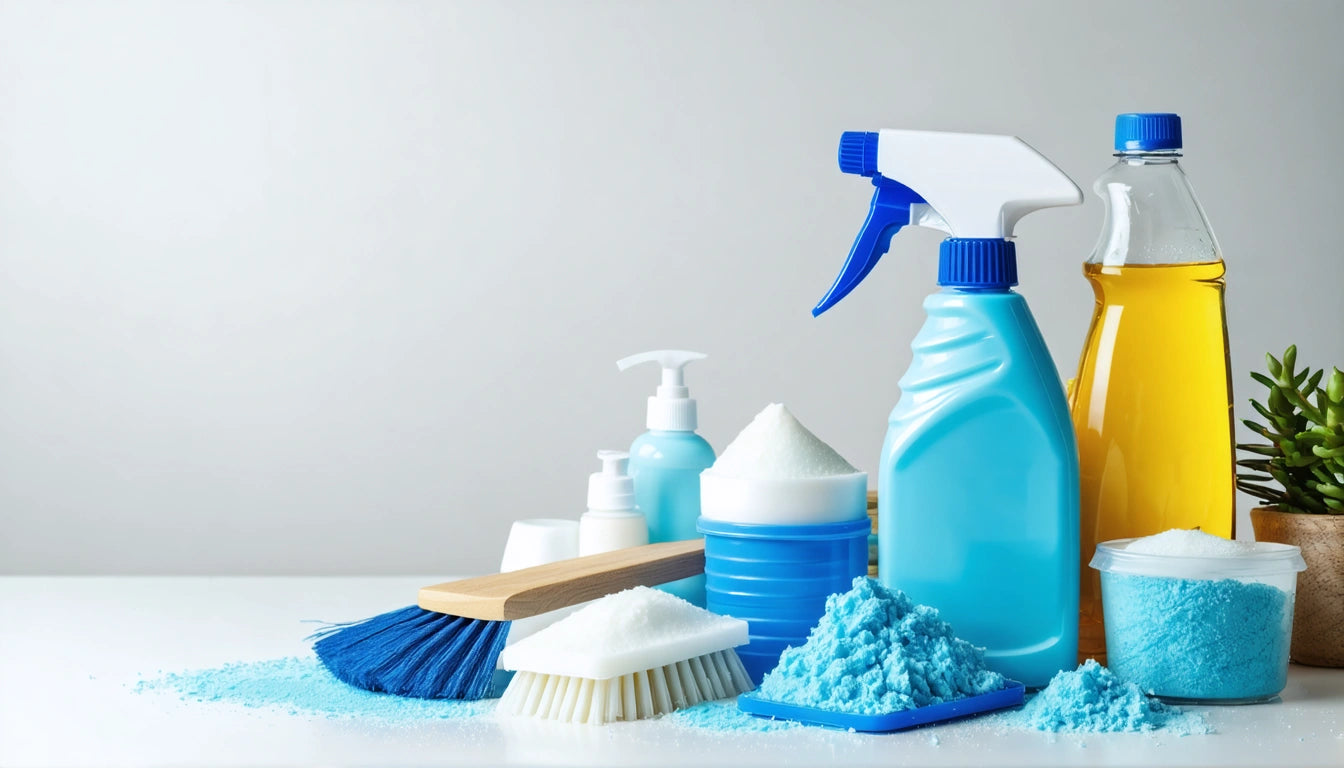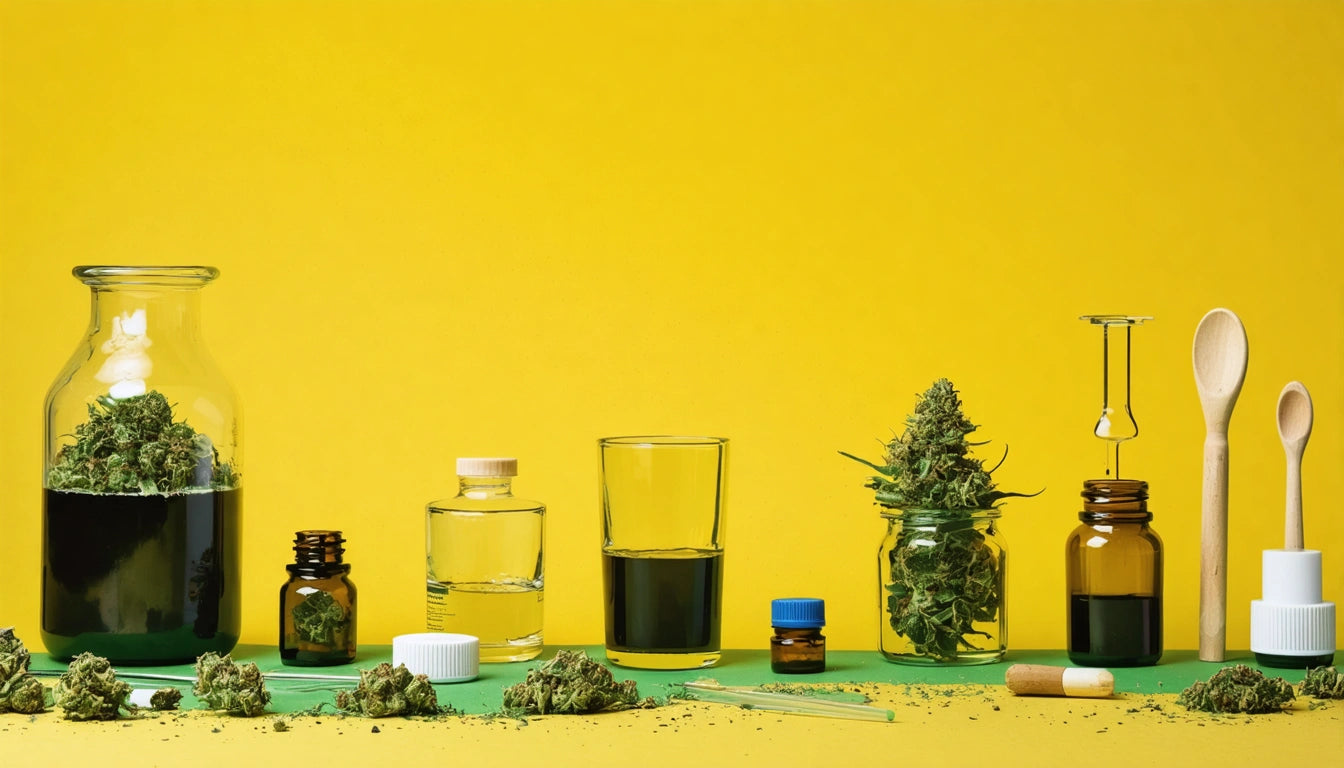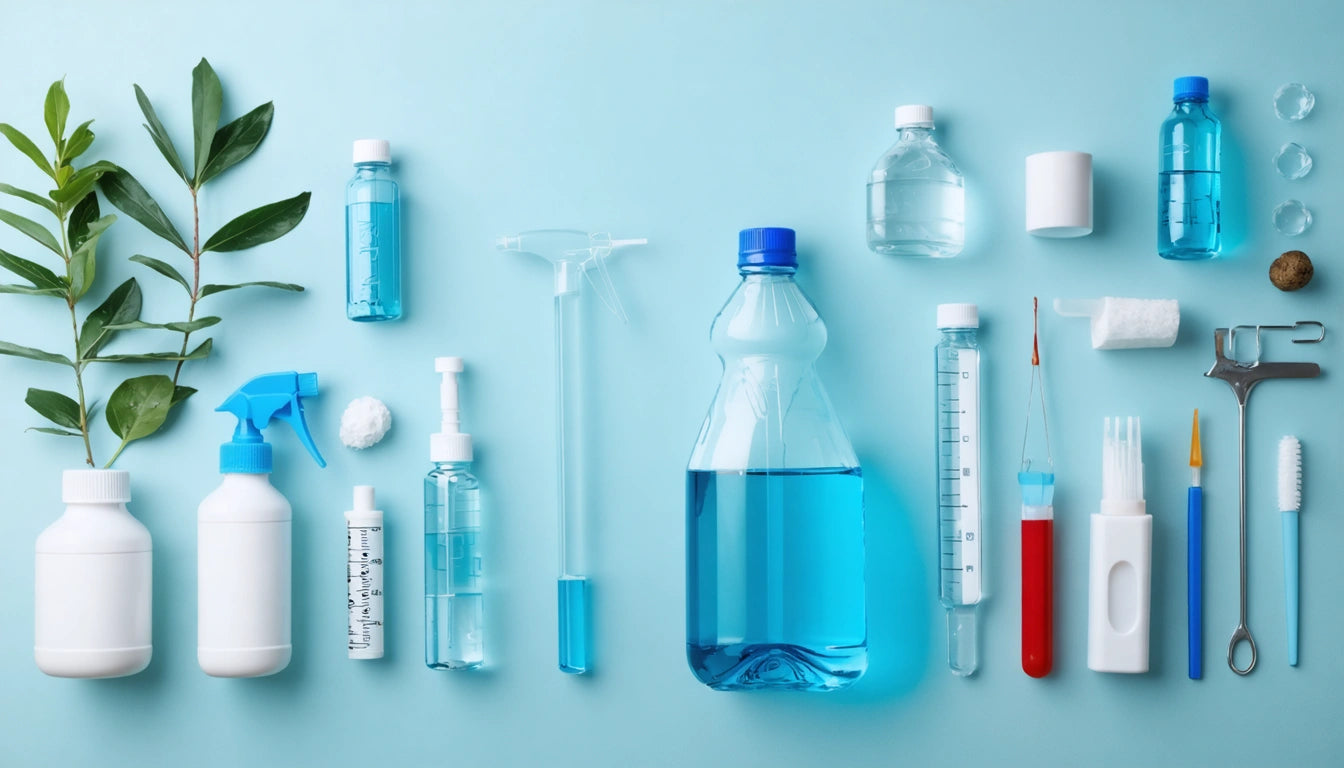Effective Methods for Cleaning and Removing Wax
Wax residue can be stubborn and challenging to remove, whether it's candle wax on furniture, cannabis concentrate spills, or buildup in wax pots. Understanding how to clean wax off different surfaces requires specific techniques and tools. This guide covers practical methods for addressing various wax-related cleaning challenges.
Understanding Different Types of Wax
Before attempting removal, it's important to identify the type of wax you're dealing with. Different waxes respond to different cleaning methods:
- Paraffin wax: Common in candles, relatively easy to remove with heat
- Soy wax: More environmentally friendly but can leave oily residues
- Beeswax: Natural but sticky, often requires oil-based cleaners
- Cannabis concentrates: Can contain various compounds, may need alcohol-based solutions
- Cosmetic wax: Often requires specialized removers containing oils
The temperature at which the wax melts and its composition will determine the most effective removal method. For cannabis processors dealing with concentrate spills, understanding the specific properties of your cannabis wax products is essential for proper cleanup.
Essential Tools for Wax Removal
Having the right tools on hand makes wax removal much easier:
- Ice packs (for hardening soft wax)
- Plastic scraper or old credit card
- Hair dryer or heat gun
- Paper towels or brown paper bags
- Iron (for fabric)
- Isopropyl alcohol (90%+)
- White vinegar
- Dish soap
- Specialized wax removers
- Microfiber cloths
For commercial cannabis operations, specialized filling equipment with easy-clean features can significantly reduce cleanup time after processing concentrates. These tools help minimize waste and maintain cleanliness standards in production environments.
Removing Wax from Fabric and Upholstery
When dealing with how to clean up spilt wax on fabric, follow these steps:
- Harden the wax: Place ice in a plastic bag and apply to the wax until it becomes brittle.
- Scrape gently: Use a plastic card to carefully remove hardened pieces.
- Apply heat: Place a paper bag or towel over remaining residue and press with a warm iron to absorb melted wax.
- Treat stains: For colored wax stains, apply a fabric-appropriate stain remover.
For delicate fabrics, specialized techniques may be necessary to prevent damage while removing wax residue.
Cleaning Wax from Hard Surfaces
For hard surfaces like wood, glass, or countertops:
- Freeze or heat: Either freeze the wax with ice to make it brittle or carefully apply heat to soften it.
- Remove bulk material: Gently scrape away as much wax as possible with a plastic scraper.
- Dissolve residue: For remaining residue, use a solution appropriate for the surface:
- Wood: Mix equal parts white vinegar and water
- Glass: Use isopropyl alcohol or window cleaner
- Stone/Tile: Dish soap and warm water solution
- Buff dry: Use a clean microfiber cloth to dry and polish the surface.
What gets off candle wax soap and water alone often isn't sufficient. For stubborn residue, a mixture of baking soda and water can create a mild abrasive paste that's effective without scratching most surfaces.
How to Clean Wax Pots and Equipment
Learning how to remove wax from wax pot equipment is essential for maintaining tools:
- Heat the equipment: Warm the pot to soften residual wax.
- Wipe while warm: Use paper towels to remove melted wax.
- Apply cleaning solution: For cannabis equipment, isopropyl alcohol works well; for cosmetic wax pots, specialized cleaners are recommended.
- Scrub gently: Use a non-abrasive brush for any stuck residue.
- Rinse thoroughly: Ensure all cleaning agents are completely removed.
For commercial cannabis operations that process concentrates like cannabis wax, regular cleaning prevents cross-contamination between batches.
Removing Sulfur from Cannabis Wax
Cannabis processors sometimes need to know how to remove sulfur from wax, as this contaminant can affect flavor and quality:
- Dissolution method: Dissolve the concentrate in warm ethanol.
- Copper scrubbing: Pass the solution through activated copper, which binds with sulfur compounds.
- Filtration: Filter the solution through a fine mesh or coffee filter.
- Evaporation: Carefully evaporate the ethanol using proper equipment and safety protocols.
This process requires proper ventilation and safety equipment. For those working with cannabis concentrates, understanding proper handling techniques is essential.
Preventing Future Wax Spills and Buildup
Prevention is always easier than cleanup. Consider these strategies to minimize wax-related messes:
- Use drip-catching devices for candles
- Place wax warmers on washable or disposable surfaces
- Invest in quality containers with secure lids for cannabis concentrates
- Apply a thin layer of cooking spray to wax pots before use
- Use silicone mats in work areas where wax is handled
- Maintain appropriate temperatures to prevent splatter
For cannabis businesses, implementing standard operating procedures for handling concentrates and processing wax products can significantly reduce cleanup time and product waste.
By understanding the properties of different waxes and employing the right techniques, you can effectively clean wax spills and maintain your equipment in optimal condition. Whether you're dealing with household candle spills or commercial cannabis concentrate production, these methods provide solutions for even the most stubborn wax residues.











Leave a comment
All comments are moderated before being published.
This site is protected by hCaptcha and the hCaptcha Privacy Policy and Terms of Service apply.